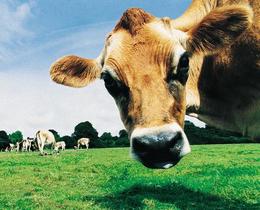REGRET THAT WE ARE UNABLE TO OPERATE AT THIS TIME --
THANK YOU FOR YOUR SUPPORT
Why Mobile Processing?
- Humane treatment: Animals are harvested in a stress-free, humane manner. When animals are stressed they develop adrenalin which affects taste and tenderness
- Local: Montana beef stays local. In the conventional ranching model, calves are weaned and shipped to a feedlot in the Midwest to be fattened for harvest. The distance traveled by a Montana steak from birth to plate averages 1500 food-miles. That's not very local.
- Safe and Traceable: The food chain is easier to follow when its shorter. The unit is applying for a USDA Grant of Inspection. The processing unit's unique identifier will be on the each carcass.
- Value-added: The rancher receives a better return on his product when marketed locally.
- Fuel: The mobile slaughter unit can carry up to 20 head at once to a final processor, saving on transport costs for the rancher. Often the processor is more than two hours away, meaning several trips to bring 20 head to process, with a return trip empty.
- Jobs: The mobile unit will employ five FTE plus a USDA inspector. The ripple effect of the MSU approaches $10 million annually.


